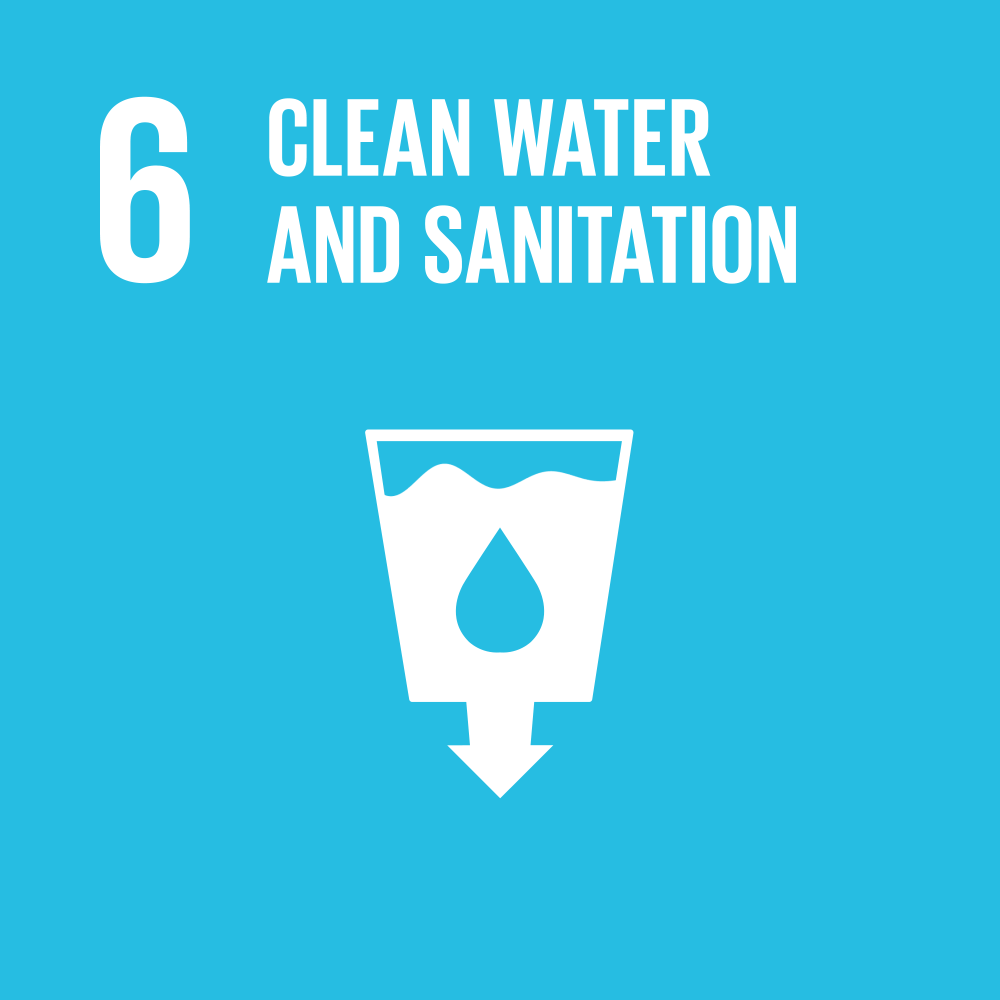World water day
- Javier Trespalacios

- Mar 21, 2022
- 3 min read
Updated: Sep 12
Every year on March 22, World Water Day reminds us that water is essential not only for human survival but also for the balance of all ecosystems on Earth. This day was officially proclaimed by the United Nations in 1993, following the United Nations Conference on Environment and Development held in Rio de Janeiro in 1992 (UN, 1992). Since then, its purpose has been to raise global awareness about the importance of freshwater and the urgent need to protect it.
World Water Day
Clean Water for All: The Goal of SDG 6
World Water Day is closely linked to Sustainable Development Goal (SDG) 6, which seeks to ensure universal access to safe water and adequate sanitation services (UN, 2015). Achieving this goal not only improves public health but also supports education, gender equality, and sustainable economic development. However, despite international commitments, many regions around the world still view access to clean water as a privilege rather than a fundamental right.

SDG 6 - Suforall
An Abundant Resource, Yet Hard to Access
From space, Earth appears covered in water—about 75% of the planet’s surface is water. But this is deceptive. Around 97% of that water is saline, and of the remaining 2.5% that is freshwater, most is trapped in glaciers or difficult to access (FAO, 2021). Only a tiny fraction is available for direct human use, highlighting the urgent need for responsible water resource management.

World Water Day - Suforall
The water footprint
To better understand how we use water, we must consider the concept of the water footprint. This environmental indicator measures the volume of freshwater used at all stages of production for a good or service, from source to final consumption. It allows us to assess the impact of human activity on freshwater resources (Hoekstra et al., 2011).
There are three types of water footprint:
Blue water footprint: Water taken from surface or groundwater sources (rivers, lakes, aquifers) used in production.
Green water footprint: Rainwater used by plants or in agricultural processes.
Grey water footprint: The volume of water needed to dilute pollutants to meet quality standards.
This classification helps make the invisible water behind our daily consumption more visible.
Virtual Water: Hidden Consumption
Another key concept is virtual water—also called “hidden water.” It refers to the total amount of water, both direct and indirect, used to produce a product. This includes water used in growing, processing, transporting, and packaging (Chapagain & Hoekstra, 2004).

World Water Day - Suforall
Here are a few practical examples of virtual water use:
Product | Water Used (Approximate) |
Cotton shirt | 1,850 liters |
1 kilogram of bananas | 865 liters |
Glass of beer (250 ml) | 75 liters |
Source: Water Footprint Network (2022)
These figures show how much water we consume indirectly in everyday life. Even if we don't see it, water is everywhere in our consumption patterns.
A Moment to Reflect and Act
World Water Day is more than a symbolic date—it’s a call to recognize our role in the sustainable use and protection of water. Simple actions—avoiding waste, choosing products with lower water footprints, or supporting policies that preserve water resources—can have a real impact. In the face of global environmental challenges, every action counts.
SDG 6 Clean Water for All
*****
References
Chapagain, A. K., & Hoekstra, A. Y. (2004). Water footprints of nations: Volume 1: Main report. UNESCO-IHE.
FAO. (2021). The State of the World's Land and Water Resources for Food and Agriculture – Systems at breaking point. Food and Agriculture Organization of the United Nations. https://www.fao.org
Hoekstra, A. Y., Chapagain, A. K., Aldaya, M. M., & Mekonnen, M. M. (2011). The Water Footprint Assessment Manual: Setting the Global Standard. Earthscan.
UN. (1992). Report of the United Nations Conference on Environment and Development (Rio de Janeiro, 3-14 June 1992). United Nations.
UN. (2015). Transforming our world: the 2030 Agenda for Sustainable Development. https://sdgs.un.org/goals
Water Footprint Network. (2022). Product gallery. https://waterfootprint.org/en/resources/interactive-tools/product-gallery/






Comments